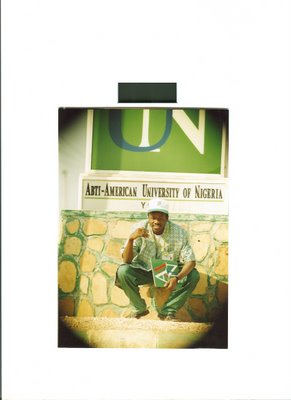Can you imagine what it would be like to be on a sinking ship? This morning, as I read a book, Spotlight on Literature, I tried to put myself in the place of a passenger of the titanic, the famous ship that sank in 1912.
As I read about the voyage of Robert Ballard on discovery the titanic I wondered where the passengers 2,200 where going and why they could trust the safety of this truly gigantic ship. Well you might not have known that the Titanic was 882 feet (269m) - almost four city blocks - long. Her nine decks towered as high as an 11 -story building and that it was the first ocean liner to have a swimming pool.
The ocean liner R.M.S. Titanic was built in 1911 and deemed "virtually unsinkable." But on its maiden voyage in 1912, the ship struck an iceberg in the North Atlantic and sank, killing 1,500 of the 2,200 passengers aboard. Nothing sounds more tragedies than the ship's captains life, Edward J. Smith, who had served the white star line of passenger ships for 38 years. HE planned to retire after this last trip, a tribute to his long and successful career.
In 1985, Robert D. Ballard and his team discovered the remains of the Titanic on the ocean floor. A year later, the team returned to explore the ship in their submariner Alvin, with the help of Jason Jr their robot.
A doll's head and a man's patent leather shoe are usually not objects of wonder, of course. But they were truly haunting images to explorer and oceanographer Robert Ballad, because of where they were found - among the wreckage of the Titanic. Ballard saw these objects throught the eyes of his small robot operated from his three-man submerging, Alvin.
searching a 150-square-mile area of the ocean floor for the Titanic "makes finding a needle in a haystack seem, trivial," he says.
Ballard continues to be intrigued by technology and by what lies in the depths of the ocean. His book the lost wreck of the Isis describes his discovery of a sunken Roman Ship.
I'm looking forward to reading this book.
Adapted from Spotlight on literature by Candy Dawson Boyd et al.
Tuesday, August 15, 2006
Subscribe to:
Post Comments (Atom)


No comments:
Post a Comment